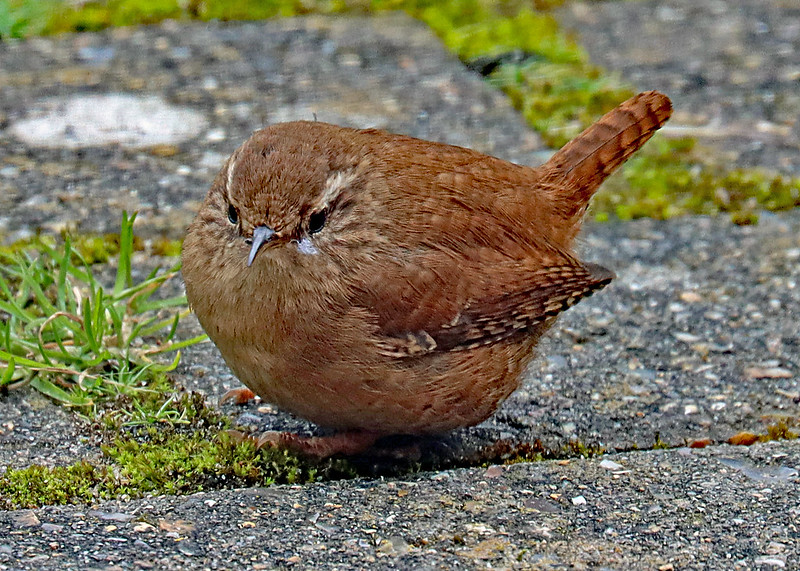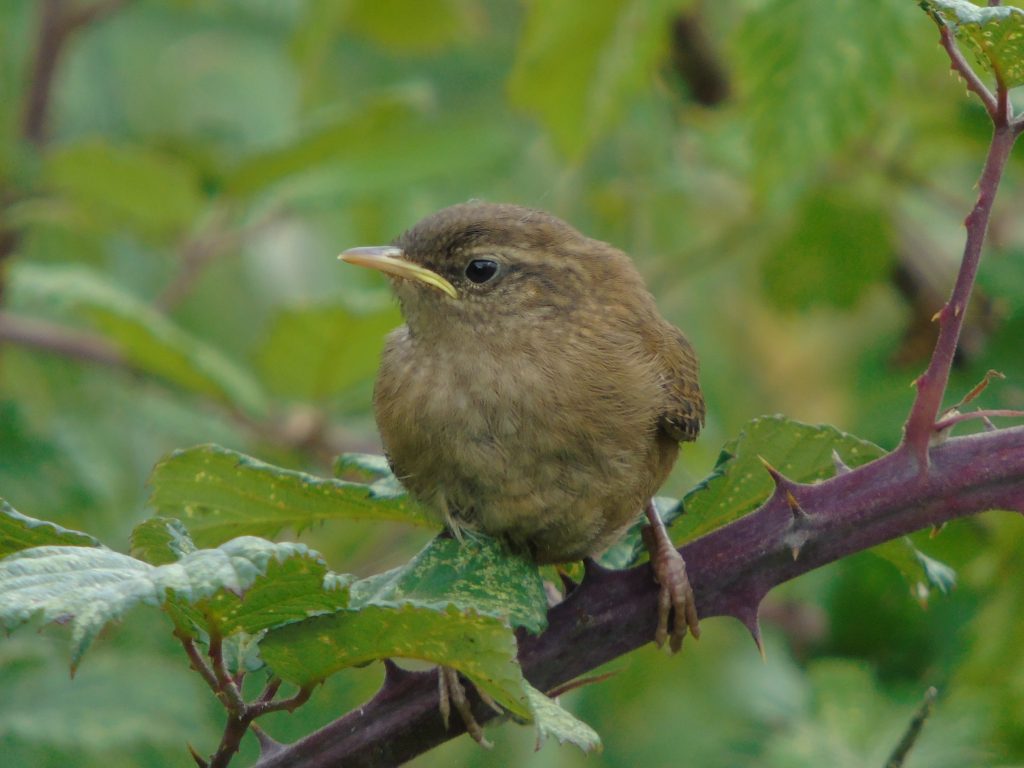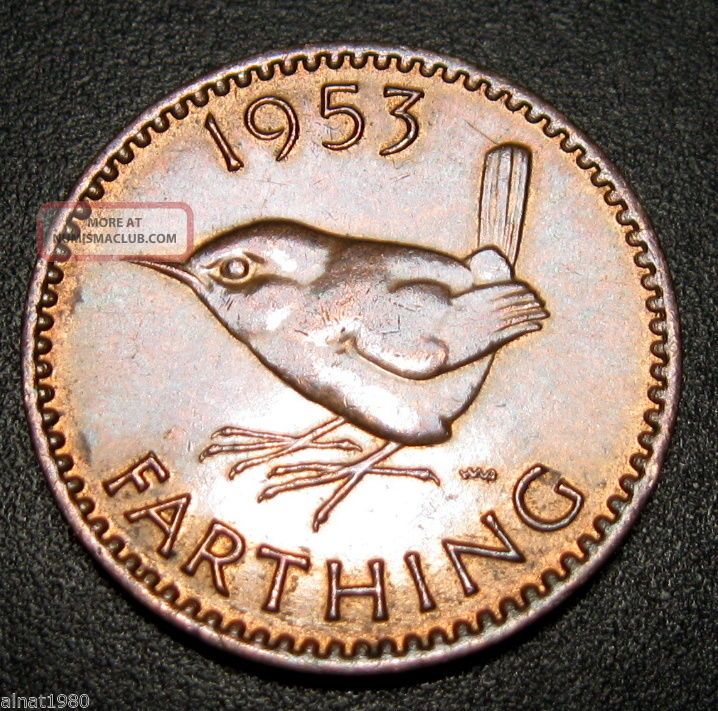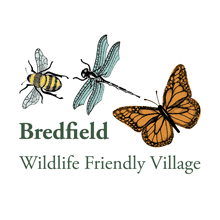The Wren is the most common and widespread bird in Britain, but it wouldn’t be too unusual to meet people who have never seen one. The Wren is a bird of hidden-away places: nooks, crannies, under dense hedges, in woodpiles. Its scientific name is Troglodytes troglodytes, meaning ‘cave dweller’. The bird’s hide-away habits, plus its diminutive size, make it so difficult to see. However, it isn’t difficult to hear. In the singing stakes, this tiny bird punches way above its weight. It has the loudest, most explosive song that you’ll hear in your garden, even though you may not see where it’s coming from. If you do see the bird, it is instantly recognisable: a small, brown, feathery ball with a short, cocked tail. Better views will reveal a long, white ‘eyebrow’.

Adult Wren searching for insects amongst moss
As you might expect, Wrens build their nests in inconspicuous places. For the female Wren (the ‘Jenny Wren’, if you like), the location, style and sturdiness of the prospective nest has to be just right. The male Wren will build a number of nests, at various sites, and then tour his mate around them so that she can choose the one that suits her best. Think of an avian version of ‘Location, Location, Location’.
Being so small, the Wren’s existence is at risk during very cold winters. As solitary birds, it doesn’t come easy for them to roost together for warmth. However, if needs must, they will do and night-time communal roosts of up to 60 Wrens have been reported on freezing winter nights. These roosts might take place in a vacated Blue Tit box. I have witnessed Wrens winter-roosting in a man-made House Martin nest on my neighbour’s house.
If you want to help Wrens in your garden, there are two things that you can do. The first is to try to think like a Wren: are there nooks, crannies, hidden places, thick hedges, places behind a shed, and so on, where a Wren might like to live? That’s the habitat. Next the food. Wrens are largely insectivorous, though they will eat small seeds. Consider whether your garden is a place where small insects and spiders might thrive, or where fallen seeds might be found. If so, Wrens will take up residence.

Fledgling Wren
In Europe, there is only one species of Wren, but in the New World, there are many species. In the USA, you can come across Carolina Wren, Bewick’s Wren, Cactus Wren, House Wren and more. Given this variety of species, an American birder once scolded me that it was highly presumptuous for the British to talk of ‘The Wren’. (Strictly speaking, its name is Eurasian Wren.)
Though rarely seen, the Wren is a much-loved bird and familiar in its representation. For anyone who can think as far back as the farthing coin, you may recall that the ‘tail-side’ picture was of a Wren.

The Wren also makes figurative appearances in Shakespeare, in other classical literature, in children’s books, and in poetry. Perhaps the best poem is John Clare’s ‘The Wren’, in which he chastises other poets for always lyricising about the Nightingale or the Cuckoo in preference to the Wren, “whose song hath crowds of happy memories brought”.
Photos of adult Wren and fledgling Wren taken by the author
A version of this article – with fewer images and links – appeared in the Bredfield Lantern.

